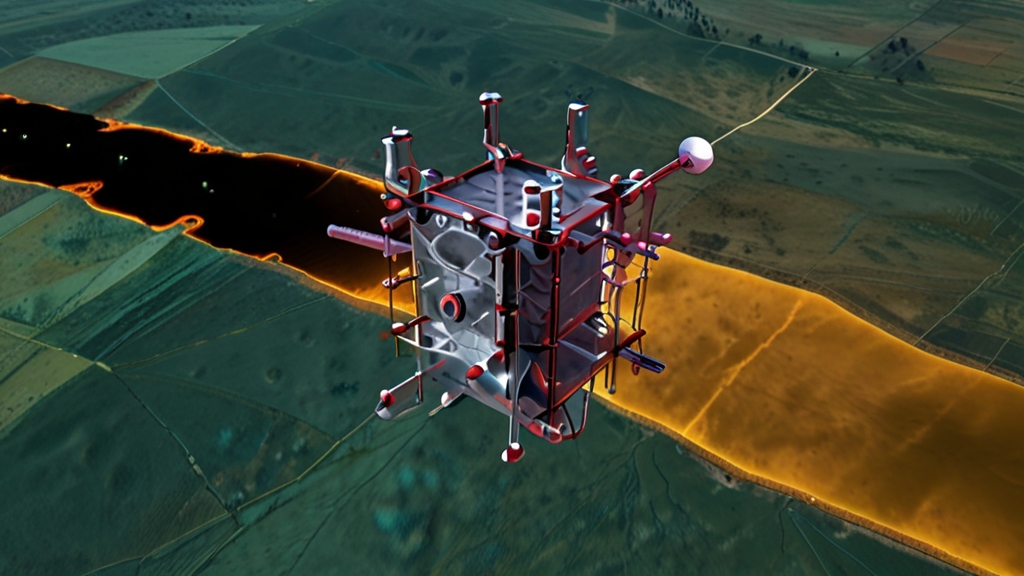Climate change intensifies and now Kyoto University and Geolabe, U. S., have invented a new AI-based method to observe methane detection emissions from all over the globe. This paper written and published in Nature Communications, presented a high-frequency, high-resolution detection system that can detect and measure the amount of methane emissions from space.
Bridging the gaps in methane detection
Methane, a high-potency greenhouse gas, is not easily monitored because of its enigmatic character. The conventional ways have been mostly dependent on human control and hence, can only be accurate and efficient sometimes. The new AI technique that was developed by the research team deals with the problems of automation in the detection process.

The author who led the research is Bertrand Rouet-Leduc from Kyoto University’s Disaster Prevention Research Institute and he talks about the importance of this achievement. “First of all, our approach provides the method of systematic methane emission measurement, especially from the point sources,” he says. Thus, it will be of great help in these tasks of prioritization and validation of the efforts to reduce atmospheric methane, which is the cause of about one-third of the current global warming effects.
This AI-driven technique is crucial for prioritizing and validating strategies to mitigate atmospheric methane, which is responsible for about a third of current global warming. Unlike traditional methods that struggle with noise and human oversight, this new tool uses multispectral satellite data capable of identifying methane plumes that exceed 200kg/h—these account for the majority of emissions from large oil and gas fields.
The future of methane detection
Claudia Hulbert of Geolabe elaborated on the technology, “While satellite measurements traditionally require compromises among spatial coverage, resolution, and detection accuracy, AI helps to mitigate these limitations.” This advancement is significant in the field of environmental monitoring, where detecting methane has been likened to finding a needle in a haystack due to the gas’s invisible and odorless characteristics.
The Kyoto University-led team’s method marks a significant advancement in the global monitoring of methane, enabling more precise measurements anywhere on Earth at regular intervals. Rouet-Leduc shared his excitement about the project’s next steps: “We are looking to expand our capabilities by integrating more satellites, which will enhance our global study of methane emissions.”
This initiative not only improves methane detection but also has the potential to transform how environmental data is collected and analyzed, offering a more dynamic and accurate approach to combating one of the most pressing issues of our time.





